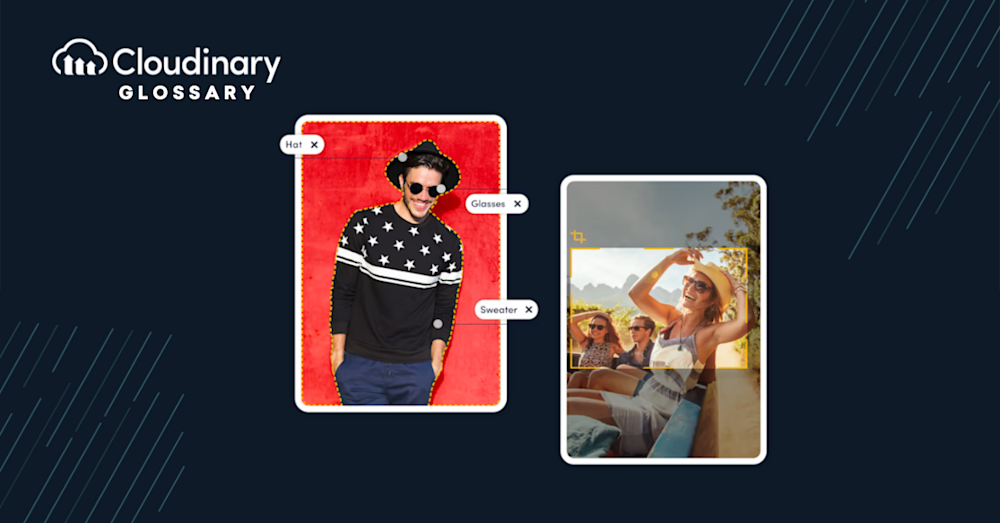What Is Image Tagging?
In its simplest form, image tagging is the process of assigning descriptive or relevant labels to images. Think of it as a helping hand in organizing and managing your electronic files — akin to how proper labeling in your kitchen’s spice rack aids in quickly finding the right zest for your recipe.
It takes center stage in the transformational fields of artificial intelligence (AI) and machine learning (ML). Tagged images serve as the foundational “learning material” for these algorithms, teaching them to recognize patterns and understand the traits of the images. This practical application accelerates advancements in object recognition, facial recognition, and even plays an invaluable role in autonomous vehicle technology.
The Benefits of Image Tagging
Embracing image tagging can bring a wealth of benefits to both individuals and businesses. Whether you’re tidying your digital photo library or constructing an image-based machine learning model, image tagging offers invaluable assistance. Here’s a snapshot of the key benefits:
- Improved Organization and Accessibility. With appropriate tags, finding an image in a vast digital library becomes much simpler, akin to finding a book in a well-cataloged library.
- Enhanced SEO Performance. For marketers and content creators, apt image tags can help improve the Search Engine Optimization (SEO) of web pages, making the content more discoverable on the internet.
- Machine Learning Optimization. For AI and ML developers, tagged images can serve as learning datasets, refining the performance and accuracy of image recognition algorithms.
- Increased User Engagement. For digital platforms employing user-generated content, image tags can enhance user experience, allowing users to easily discover related content.
Why Do I Need Image Tagging?
Image tagging might seem like an extra step in your workflow, but its importance should not be underestimated. There’s a range of key reasons why embracing image tagging can elevate your work efficiency, data organization, or model training:
- Streamlining Workflows. Incorporating image tags enables quicker sorting and retrieval of images, saving precious time in professional settings.
- Data Organization. Image tagging aids in structuring your vast data libraries, making the search for that one image you need feel like a breeze.
- SEO Enhancement. Image tags are essential components of an effective SEO strategy, increasing the discoverability of your online content.
- Machine Learning Improvement. For those invested in AI and ML, image tagging provides the data nutrition your algorithms need to recognize and distinguish images correctly.
- User Experience Amplifier. Should your work lie in digital platforms, image tagging can drastically optimize the user experience by bringing relevant content to your audience’s fingertips.
Final Thoughts
Whether it’s enhancing personal photo organization, bolstering SEO, fine-tuning machine learning models, or amplifying user experiences — image tagging consistently proves to be a valuable companion. But, let’s acknowledge it, the manual tagging process can sometimes feel tedious, especially when dealing with vast amounts of image data.
That’s where Cloudinary’s auto-tagging algorithm comes to the rescue. Cloudinary can reshape and accelerate your image tagging workflow, automating the tagging process with remarkable accuracy. With advanced AI and robust capabilities, Cloudinary simplifies the image management tasks and frees up your time to focus on other critical aspects of your work.
Why wait? Begin your journey towards a smarter, more organized, and efficient workflow with Cloudinary.
Additional Resources You May Find Useful:




